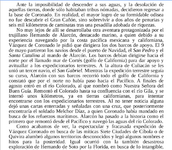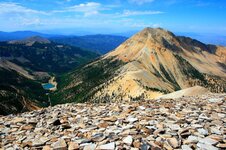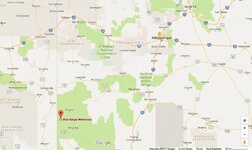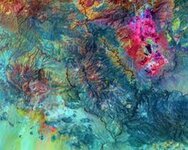I like your theory.
It's an interesting history, these first Spaniards entering the Southwest!
Should be much more focus on it in our schools than it has received.
A proud heritage!
It's an interesting history, these first Spaniards entering the Southwest!
Should be much more focus on it in our schools than it has received.
A proud heritage!
Last edited:




 Maybe I really have stumbled upon Don Jose's Tayopa...LOL
Maybe I really have stumbled upon Don Jose's Tayopa...LOL




